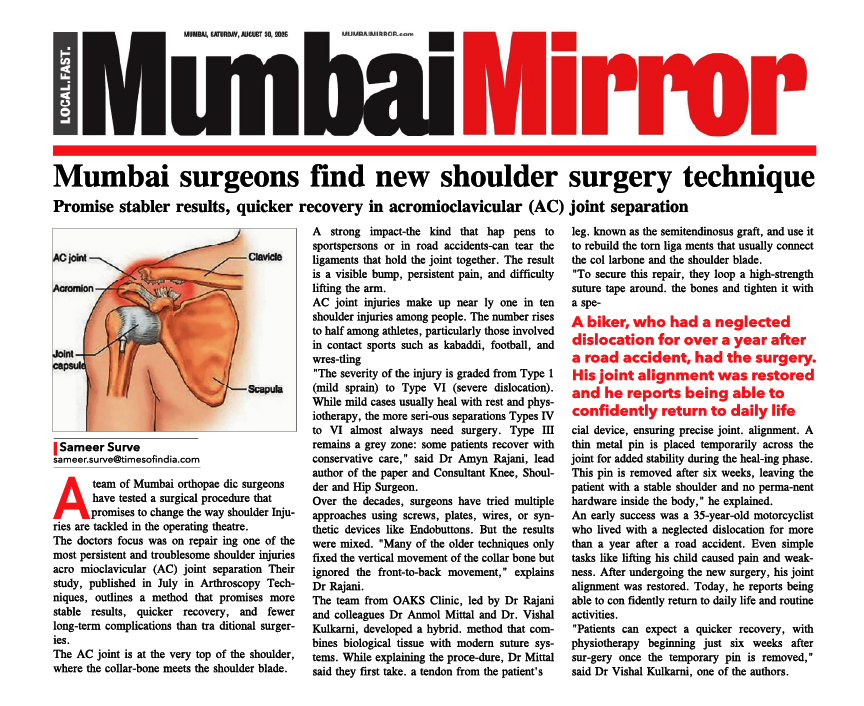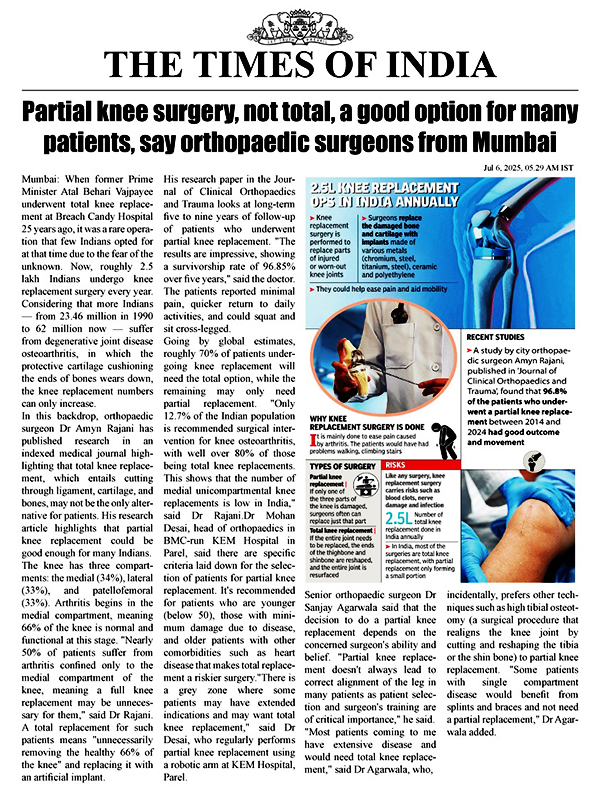What is Total Knee Replacement?
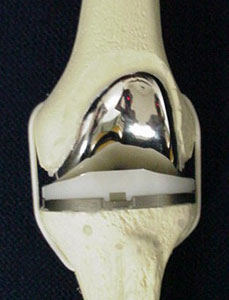
What are the different types of Knee Replacement Surgery?
- Total Knee Replacement Surgery
- Partial Knee Replacement Surgery
- Patellofemoral Arthroplasty
- Revision Total Knee Replacement Surgery
Total Knee Replacement Surgery: What you need to know?
Total Knee Replacement was first performed in the year 1968, and it remains one of the most important orthopaedic surgical advances of this century. Recent innovations in implant materials and advances in surgical techniques have made Total Knee Replacement Surgery a popular orthopaedic surgery across the globe.
Total Knee Replacement Procedure:
Total Knee Replacement surgical procedure in which the worn, diseased or damaged surfaces of the knee joint are removed and replaced with artificial ones through a minimally invasive surgery, using a small incision.
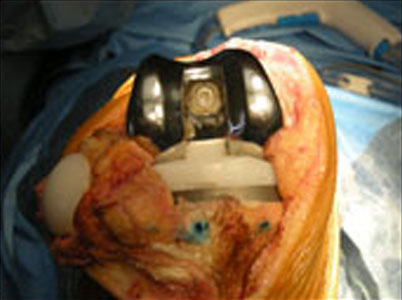
Total Knee Replacement Approach:
Each type of Artificial Knee Joint is essentially made up of three parts:

The Tibial Component:
The Tibial component consists of two parts: a metal tray that is attached directly to the bone, and a plastic spacer that provides the slick surface.
The Tibial component (bottom portion) which consists of tibial base plate and tibial insert replace the worn out cartilage of the tibia (Leg Bone).

The Femoral Component:
The Femoral component (top portion) replaces the worn out cartilage of the Femur (Thigh Bone).
The Femoral components are made up of metal.
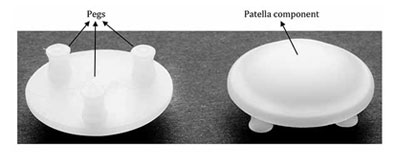
The Patella Component:
The Patella Component (Kneecap portion) replaces the worn out cartilage of the Patella.
The Patellar components are made up of plastic.
Why Undergo Knee Replacement Surgery?
Chronic knee pain can prove to be the biggest barrier in preventing you from performing various day-to-day activities and Total Knee Replacement is just that perfect surgical procedure for those worn out, overused and damaged knees. A surgery which will help you recreate a stable joint and regain lost movement.
Three most common reasons to opt for Knee Replacement Surgery:
- Osteoarthritis: Osteoarthritis is the most common form of Arthritis. It usually affects people above 50 years, but people below age also might get affected by Osteoarthritis.
- Rheumatoid Arthritis: A form of arthritis in which the membrane around your knee joint becomes hard and inflamed. Chronic inflammation can badly damage your knee cartilage and restrict your joint movement.
- Post-traumatic Arthritis: Secondary osteoarthritis which occurs after an injury or when trauma directly strikes your knee joint.
Is Total Knee Replacement Surgery Painful?
With advancements in medical science and the realization in the orthopaedic community that post-operative pain is a big psychological reason for patients to avoid Total Knee Replacement Surgery, the focus is now on a comprehensive preoperative pain plan.
Getting Closer to Natural Knee
Knee implant designs have tremendously improved in the last few years with orthopaedic designers trying to mimic the natural shape of the knee. This improvement has given the younger generation confidence to go ahead with the surgery without any hesitation.
Total Knee Replacement Instrument
Today, patient-specific, single-use instruments are employed to guide orthopaedicians as they shape the end of the bones of the implant. These instruments help in offering the precision needed to give finishing touches to the implant.
Is Total Knee Replacement Surgery Safe?
Your medical history and current condition of the knee is thoroughly evaluated before you undergo Total Knee Replacement Surgery so there is absolutely no reason to worry about anything.
What does Dr. Amyn Rajani Aim to Achieve with Total Knee Replacement Surgery?
The main reason for replacing any arthritic joint with an artificial joint is to stop the bones from rubbing against each other. Replacing the painful arthritic joint through Total Knee Replacement Surgery gives your joint a new surface; a surface that is both smooth and flexible. The aim is to help you return to your daily life where you will be able to perform a number of activities with a better range of motion and without any pain.

The prosthesis is held in place by a type of epoxy cement that attaches the metal to the bone.
Scientists, orthopaedic surgeons and implant manufacturers continuously strive to improve the durability of this prosthesis. Current innovations have resulted in the use of titanium and cobalt-chrome alloys, which are used for femoral and tibial implants, and low friction plastic component, made of ultra-high molecular weight polyethylene polymer, which acts as a spacer and articulating surface between two metal components.
All materials used in moving surfaces are very durable, but they will eventually wear out. This is as true in surfaces of artificial joint implants as in those of car tyres.
Benefits of undergoing Total Knee Replacement Surgery
- Relieves you from excruciating knee pain
- Better range of motion
- Helps you resume your normal lifestyle
- Feels more or less like your natural knee
- Improved quality of life
As with any surgery, there are risks; but the success stories far outweigh the failures. Close to 40,000 successful Total Knee Replacement surgeries are performed annually in India and the numbers keep increasing every year.

